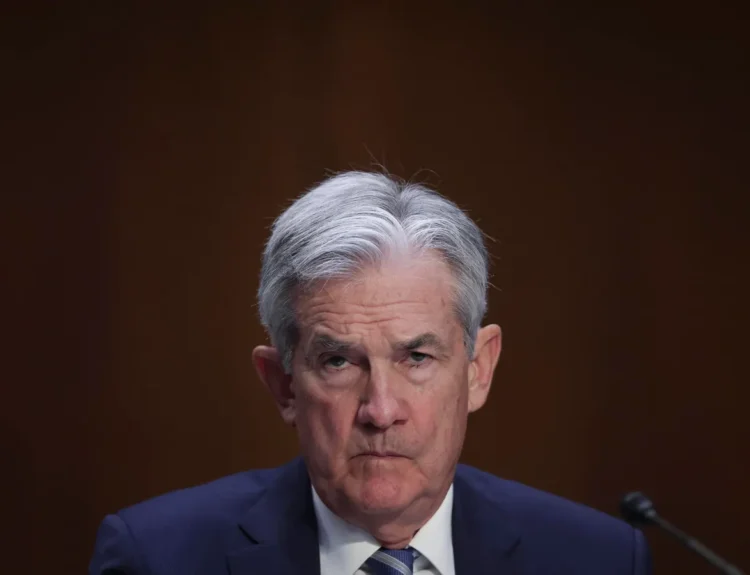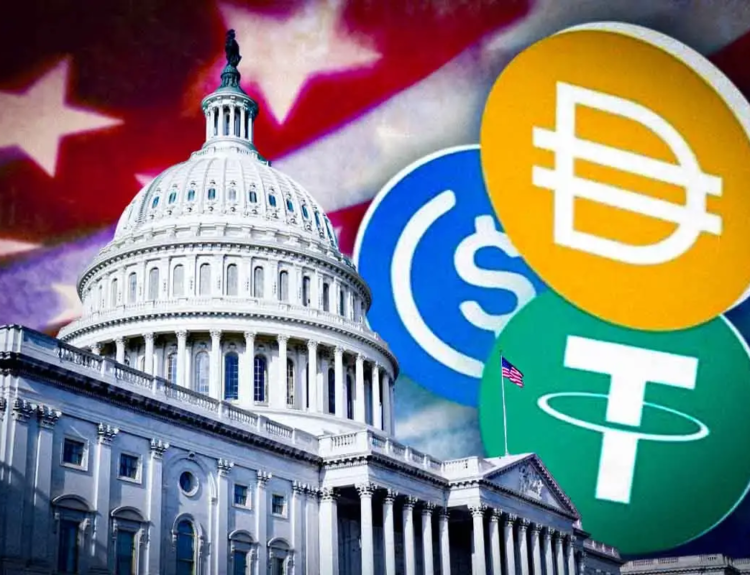President Donald Trump has signed an executive order that could reshape how Americans invest for retirement — potentially opening the $12 trillion 401(k) market to alternative assets such as private equity, cryptocurrency, and real estate. Supporters see a chance for higher returns and diversification, while critics warn of added risk, higher fees, and legal challenges.
What the Order Does
The executive order, signed on August 7, directs the Labor Department and the Securities and Exchange Commission to re-evaluate existing rules governing the inclusion of alternative assets in workplace retirement plans. Specifically, it calls for:
- Review and clarification of fiduciary duties under the Employee Retirement Income Security Act (ERISA) for offering alternative investments.
- Identification of criteria for balancing potentially higher expenses with the goal of greater long-term returns and diversification.
- Exploration of rule changes to make it easier for plan sponsors to include options like private equity, private credit, real estate, commodities, and cryptocurrencies in defined contribution plans such as 401(k)s.
- Coordination across agencies, including Treasury Secretary Scott Bessent and the SEC, to assess whether broader regulatory adjustments are needed.
Currently, there is no explicit legal prohibition on including such investments in retirement plans — but fiduciaries have generally avoided them due to legal risk, fee concerns, and complexity.
Why It’s Significant
The move marks a sharp departure from the Biden administration’s stance, which had warned about the dangers of crypto in retirement plans. Trump’s order could encourage large asset managers — such as BlackRock, Fidelity, Blackstone, Apollo, and KKR — to roll out products incorporating private equity or crypto into 401(k) menus.
BlackRock, which lobbied for expanded options, has already announced plans for a retirement fund combining private equity and private credit, expected in 2026. Proponents argue that these investments can boost long-term returns and give everyday savers access to markets once reserved for institutional and wealthy investors.
Potential Benefits and Risks
| Potential Benefits | Risks & Challenges |
|---|---|
| Higher Return Potential – Private equity and alternative assets have historically outperformed public markets in certain cycles. | Higher Fees – Alternative funds often carry higher management and performance fees than index funds. |
| Diversification – Greater access to private markets could reduce reliance on public stocks and bonds. | Liquidity Constraints – Unlike public stocks, private equity stakes and real estate assets can’t be easily sold. |
| Early Entry to Growth Companies – Many firms now stay private longer, meaning public investors miss earlier growth stages. | Lower Transparency – These investments often lack the detailed disclosures of public securities. |
| Crypto Mainstreaming – Bitcoin and other digital assets, now available via ETFs, could become part of long-term diversified portfolios. | Complexity for Savers – Most retail investors may not fully understand the risk and return dynamics. |
| Flexibility for Plan Sponsors – Employers could tailor investment menus to different risk profiles and demographics. | Litigation Exposure – Plan sponsors could face lawsuits if investments underperform or are deemed imprudent. |
| Systemic Risk – Rapid growth in the private credit market and its banking ties could pose broader financial stability concerns. |
As BlackRock CEO Larry Fink noted, the biggest challenge for asset managers is litigation risk. Past Department of Labor guidance under Trump allowed some private equity exposure in 401(k)s, but uptake was minimal due to fear of lawsuits.
What to Expect Next
- No Immediate Changes: Analysts say new rules could take until 2026 to implement.
- Plan Sponsor Due Diligence: Employers will still have to thoroughly vet any new products — from strategy and performance to fee structures.
- Selective Adoption: Target-date funds and collective investment trusts may be the first vehicles to incorporate alternative assets.
- Potential Crypto Uptake: Firms like Fidelity and Hashdex say this could accelerate the inclusion of Bitcoin in long-term investment strategies.
- Ongoing Political Debate: Expect pushback from Democrats, consumer advocates, and some fiduciary groups over investor protection concerns.
Industry Reaction
- Support: Asset managers see a new revenue stream. Blackstone and Apollo welcomed the decision, calling it a “modernization” of retirement investing.
- Caution: Morningstar analyst Jason Kephart said that while the market opportunity for managers is huge, it’s “less clear” how individual investors will fare once fees and complexity are factored in.
- Legal Perspective: Rutgers Law professor Arthur Laby noted that executive orders can influence agency policy but don’t override decades of fiduciary law.
- Plan Provider Approach: Betterment, which offers both 401(k)s and crypto portfolios, does not currently include digital assets in standard retirement plans, citing fiduciary rules.
Trump’s executive order is a starting gun for a potentially transformative change in retirement investing — one that could open access to high-growth, high-risk assets for millions of Americans.
For now, the impact will depend on how quickly regulators move, how cautious employers remain, and how asset managers balance opportunity with investor protection. Whether it’s a game-changer for savers or a legal minefield for employers will play out in the years ahead.
Disclosure: This article does not represent investment advice. The content and materials featured on this page are for educational purposes only.
Related:
Trump Explodes Over Nancy Pelosi Stock Ban
Fed Governor Adriana Kugler Resigns, Opening Door for Trump
Trump Imposes New Global Tariff Rates, Effective August 7
What Happens After Tariff Deadline and What Next 72 Hours Look Like for Markets
Trump’s Tariffs Are Real, But Are His Trade Deals Just for Show?
Figma Is Largest VC-Backed American Tech Company IPO in Years










